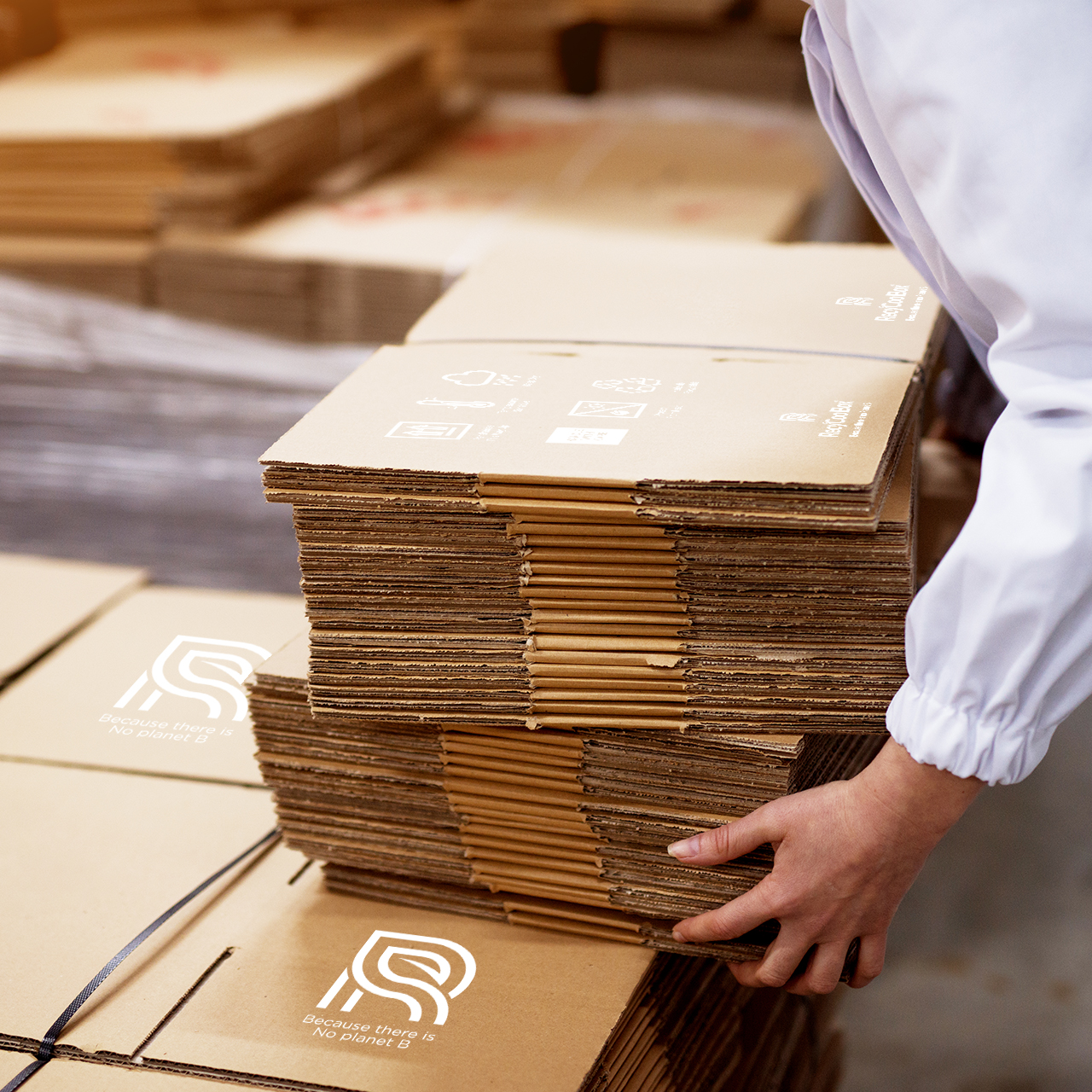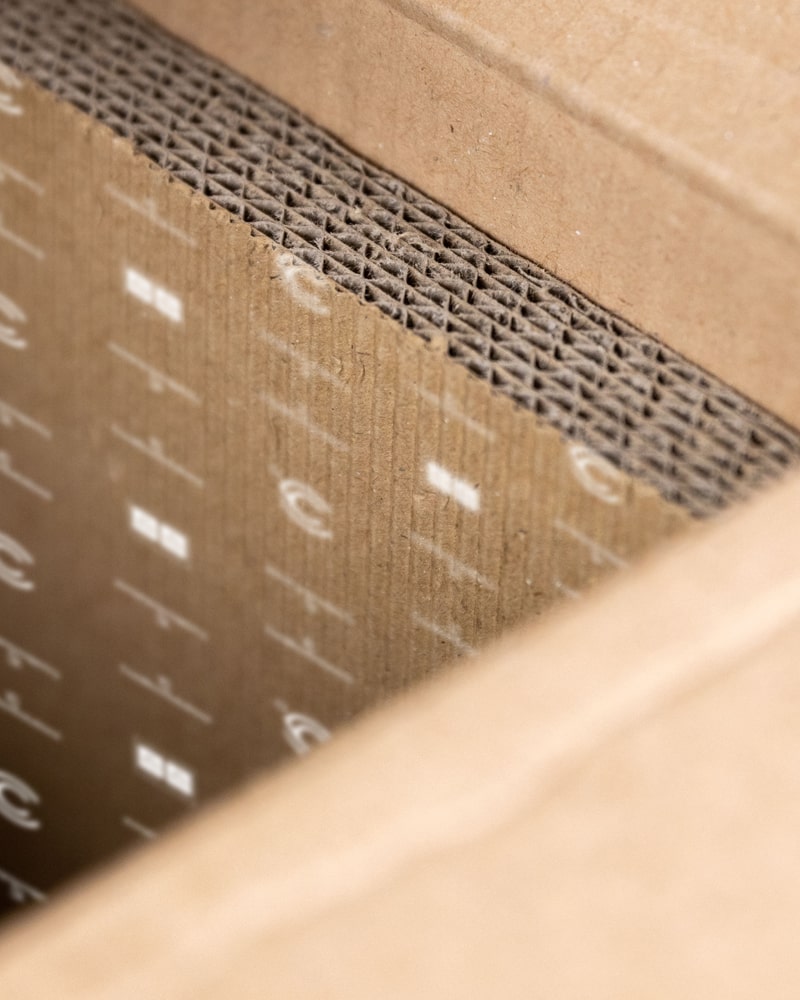Ahh, nothing beats the sweet, sweet taste of your favourite chocolate. Whether it be dark or light, plain or filled, truffle or milk, so many people enjoy chocolate that over 7.2 million tons are eaten each year (worldwide). To give an idea of scale, that’s the same as around 3.6 million small cars stood on each other, or 1.8 million medium sized elephants. That’s a lot of chocolate!

With this insatiable demand for the brown stuff only seeming to grow, it’s no wonder that chocolate makes up a significant portion of the foodstuffs that are shipped around the country each day. Official stats from Statista say that the turnover in the UK alone in 2020 for companies producing chocolate and related confectionery was approx. 3.8 billion GBP, so we need to make sure that any chocolate entering the courier or postal network is well looked after!
Does chocolate need to be kept cold?
Ah, the old debate rises again. Technically, no – chocolate experts such as the guys over at Hotel Chocolat (love that stuff!) advise customers not to refrigerate chocolate unless the temperatures outside go consistently above 20°C, as the best temperature range for chocolate is between 10-20°C. Keeping chocolate at a lower temp than 10°C can save it from melting but can have detrimental effects on its composition and taste.
That being said, this advice is for the end consumer and let’s face it, not only is our typical British Summer unlikely to get too warm for extended periods of time, even if the weather does surprise us, any self-respecting chocolate aficionado will have already made sure they’ve eaten it all up to save it from a grisly chilled or melted ending.
Looking at ideal temps for shipping chocolate, things are a bit different. Whilst we certainly don’t recommend treating it the same as foodstuffs like meat or cheese, which definitely need chilled shipping, it does still require a consistent temperature controlled shipping experience from start to finish. As above, chocolate is highly sensitive to temperature fluctuations, and not taking this into account could lead to an unhappy end consumer, and an even unhappier chocolate bar!
What happens if it gets too cold…
If chocolate becomes too cold, it can suffer something called “sugar bloom”. This is where the chocolate has a white hue or patches of white, created by condensation as the chocolate has cooled too much, absorbed water and then this has crystallised onto the surface. Its not harmful, but unsightly, and can cause worry if end consumers mistake for something worse, like mould.
or if it gets too warm?
We all know what happens if you take chocolate past it’s ambient temperature range – it melts. Now, sometimes this is wonderful (happy dreams of chocolate fondue sets!), but this isn’t so great when the chocolate hasn’t intended to be all melty at the end of its journey. Nobody wants to receive a melted load of chocolate in their food parcel, what a mess! Also, if it’s melted and then reset, it will be less messy but completely out of shape, style and possibly not taste the same as it would have before.
How are you packaging it?
Not only does chocolate need a stable shipping temperature inside the outer packaging, it also needs be protected. Whilst it looks strong (and in some circumstances, like when you’re cracking your tooth on a bit of fruit n’ nut, certainly feels it), it doesn’t stand up to rough treatment very well. Unless you’re purposely sending your chocolate as a jigsaw to be assembled at the other end, make sure you pack it properly. This means:
- Use food grade packaging materials
- Outer boxes or envelopes MUST be hardy and stand up to the rigours of transit. This means strength, damp/water resistance and good sealants.
- Label it properly, so everyone who handles it knows to be careful with it
- Use good inner packaging fillers to make sure the contents don’t move around or break against each other
- Ensure the inside of the box or envelope is temperature controlled
Seasonal considerations
We touched on the Great British Summer earlier but joking aside, you do need to make sure you account for the time of year. If it’s cold and wintery, then you’ll want to make sure you place as much insulating and cushioning material inside the box with your chocolate. This is to stop them becoming too cold and also to protect against transit damage, which can be higher in Winter due to increased risk of slips and trips from people carrying the parcels and more likelihood of road accidents during the transit journey.
If it’s warm and summery, then the same applies but you will need to worry more about the contents becoming too hot and melting. With this in mind, it may be prudent to take extra precautions not only with ensuring a consistent inner temperature inside the packaging, but also make sure that, if your chocolate does melt, it doesn’t spill onto anything else inside the box.
In both scenarios, you need to make sure that any ice packs you use are wrapped away from the food, so they do not directly chill anything, and also if they leak, do not spoil the foodstuffs.
What not to do!
We’ve covered most of this above but in general we would say:
- Don’t underuse your inner packaging fillers. The more the merrier for protection and insulation
- Make sure you use a reliable ice pack and shipping system supplier – you don’t want to risk damages or spoilages through poor packaging!
- Pick a reliable courier. You need one who will deliver effectively and not keep your chocolate from it’s end consumer any longer than strictly necessary! A direct route is ideal.
- Don’t forget your labels! Chocolate is a perishable, so the carrier will need to be aware!
Resources
- https://www.statista.com/statistics/481625/chocolate-and-sugar-confectionary-sales-turnover-united-kingdom-uk/
- https://www.hotelchocolat.com/uk/blog/summer/should-you-put-chocolate-in-the-fridge.html
Related reading


